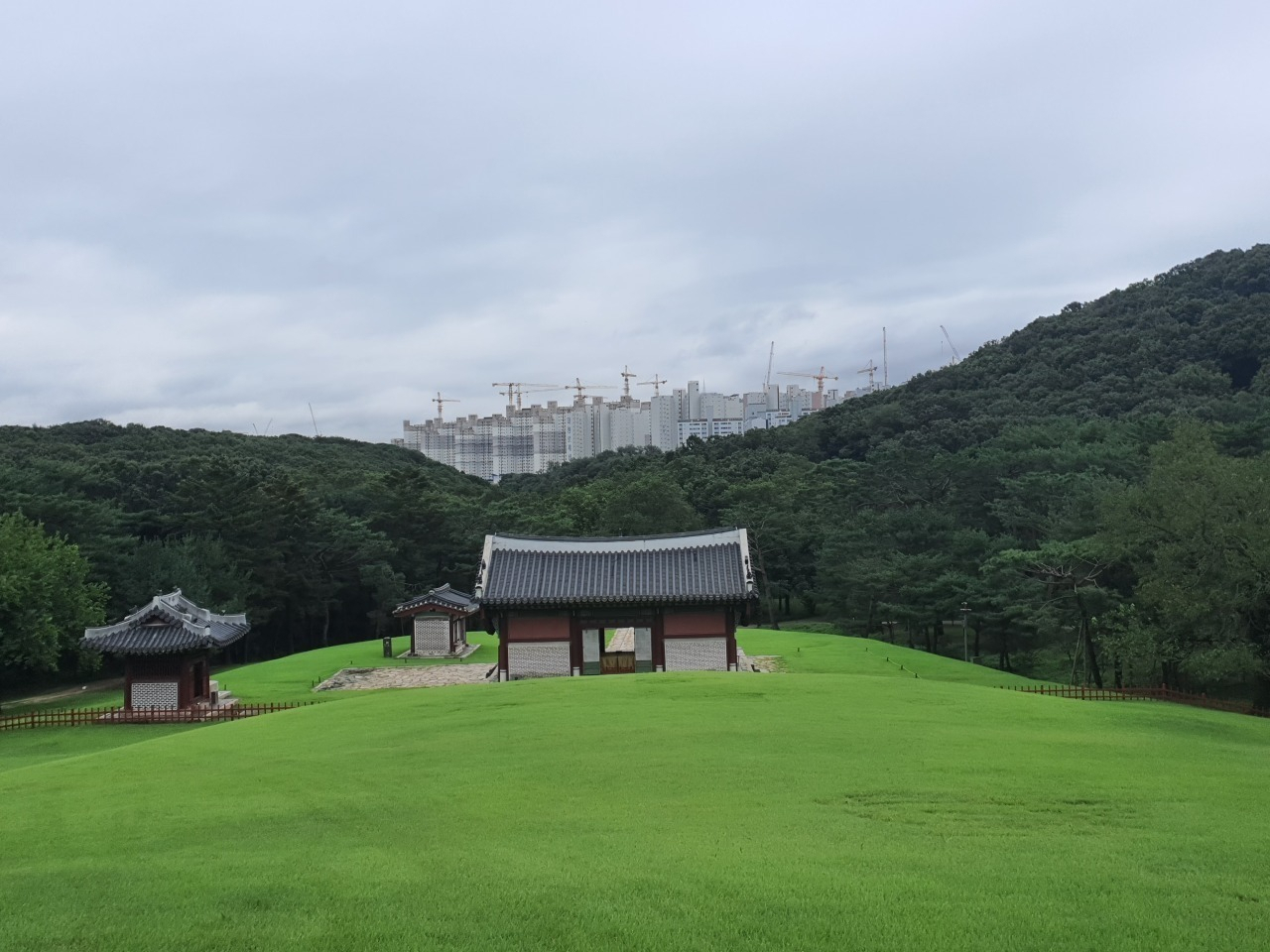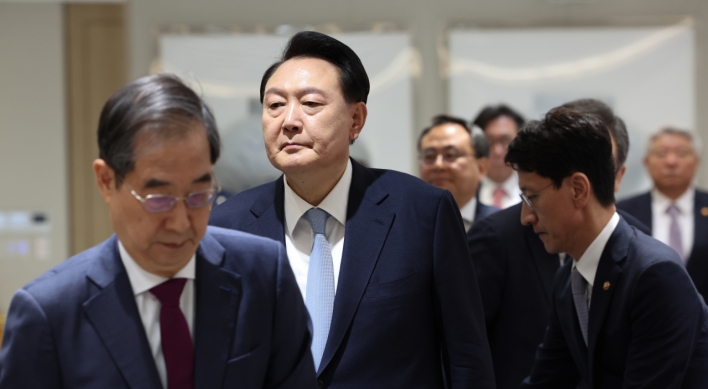CHA seeks to lower barriers on heritage location development
By Kim Hae-yeonPublished : Nov. 9, 2022 - 11:39

Developers may soon find obtaining permission to build in historic and cultural conservation areas easier, according to the Cultural Heritage Administration.
At the government’s second regulatory reform strategy meeting held Wednesday, the CHA laid out plans to relax regulations concerning developments in areas designated for conservation and give greater authority to local governments in making decisions.
Among the measures aimed at improving cultural heritage regulations are relaxing regulations on historic and cultural environment preservation areas, establishing a “digitized impact diagnosis system” that the public can use to assess feasibility of development plans and improving the living conditions of residents living in heritage neighborhoods where developments are restricted.
"While our role is to prioritize historical value and original significance of the heritages, there have been many complaints by the public who criticize the CHA of over protection and failing to keep up with individual city’s planning and development blueprints,” Choi Eung-chon, head of the CHA, told a group of reporters during a press briefings on Nov. 4, held ahead of Wednesday’s regulatory reform meeting.
The CHA’s proposed regulatory reforms are aimed at reducing conflicts caused by the violation of private property rights stemming from lengthy regulatory processes, the CHA explained. The agency also found a need to adjust the guideline for the lesser developed rural areas and to establish more realistic conservation approaches.
In recent months, the CHA was heavily criticized for failing to prevent the construction of high rise apartments near the UNESCO-listed royal tomb Jangneung in Gimpo, Gyeonggi Province.
Concerning the incident, the CHA’s Choi said, "We admit to our communication failure in the recent Jangneung case. Our reform proposals will serve to fill those loopholes that occurred during past development authorization processes."
More than a thousand potential development projects in historic conservation areas are reported each year, requiring swift response from the decision makers, according to CHA's Heritage Excavation Division Head Lee Jong-hoon.
"The next step is to support local governments with regular training on the essential guidelines and regulations,” Lee said.
Another key role of the CHA is to ensure that the cultural heritages are not isolated from the neighborhoods in which they are located, Lee pointed out. "The goal is to have them exist in harmony with the unique cityscape of each heritage site."
Meanwhile, the CHA is developing a Cultural Heritage Regulatory Sandbox, through which developers can receive expert consultations on possible regulatory measures before proceeding with their projects, both private and public. A pilot program will be launched by mid-2023.










![[KH Explains] How should Korea adjust its trade defenses against Chinese EVs?](http://res.heraldm.com/phpwas/restmb_idxmake.php?idx=644&simg=/content/image/2024/04/15/20240415050562_0.jpg&u=20240415144419)








